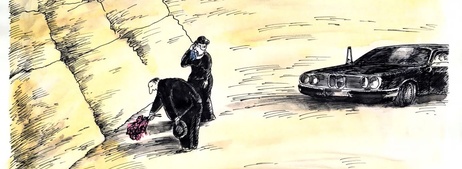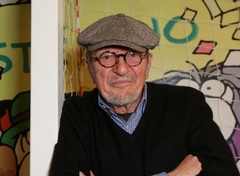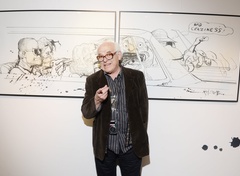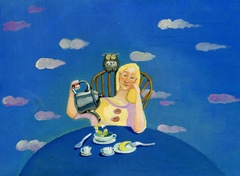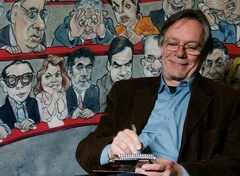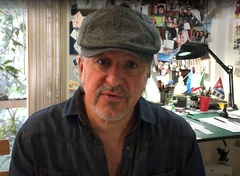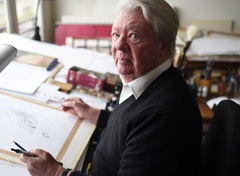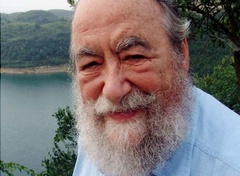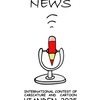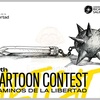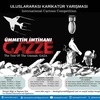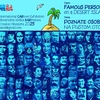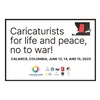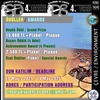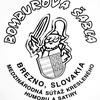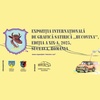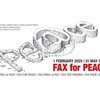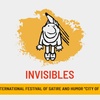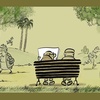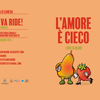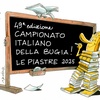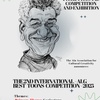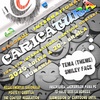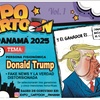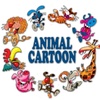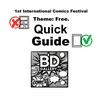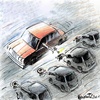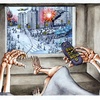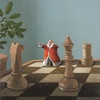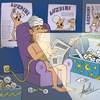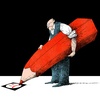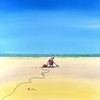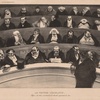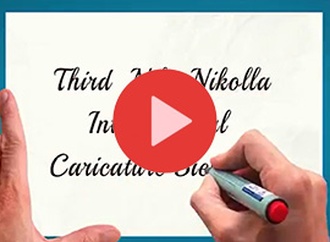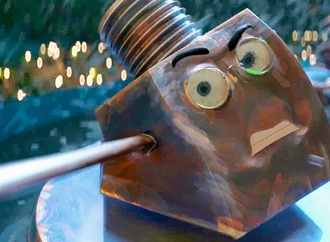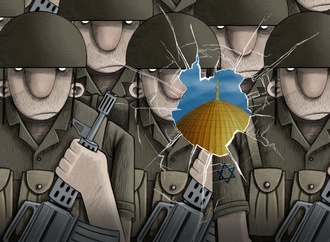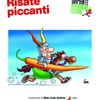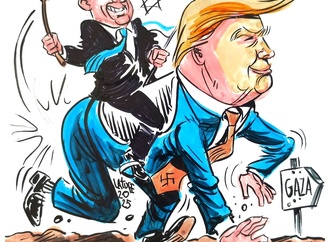Norwegian concept artist Even Mehl Amundsen talks about his studies, career and technique in an insightful interview. As he shares his experience in the industry, he also give some key tips for aspiring artists.
1- You’re a freelance concept artist and illustrator. When did you first discovered the artist within you? Can you tell us about this story?
Like a lot of people I drew from a very young age, doodling pirate ships and dinosaurs and whatever else I was obsessed with, but I only started to treat it as more than a hobby at about 15 and it was not until I was 18 that I learned about concept art and the industry surrounding that, and after that I was pretty much hooked.
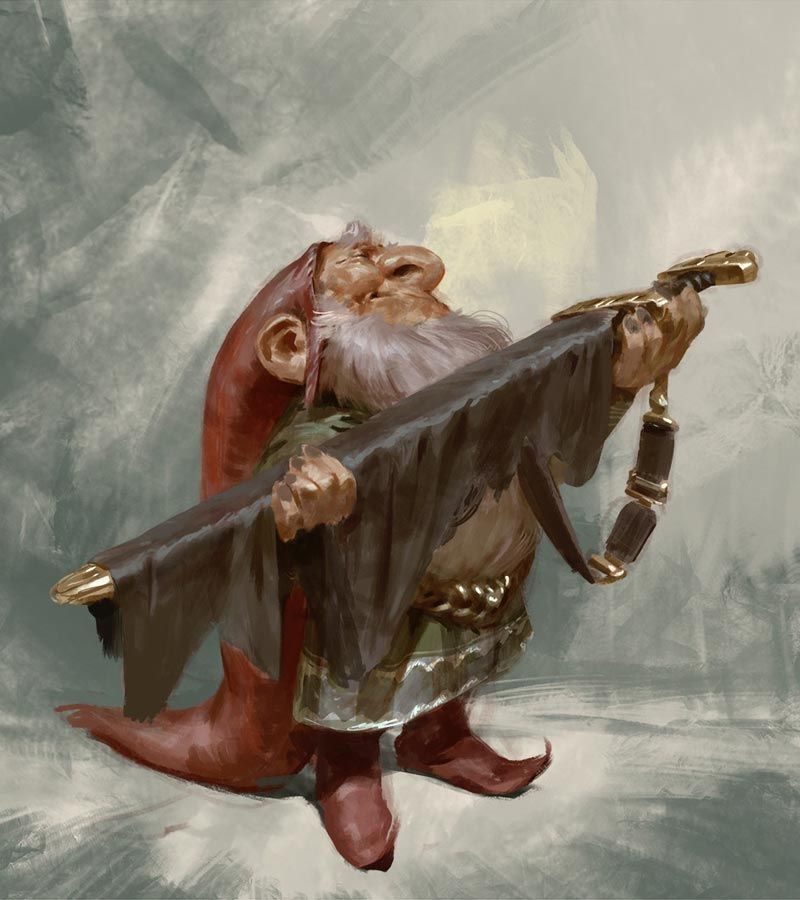
2- When did you start freelancing? Was it before or after your studies at Falmouth in UK
It was actually during my time in Falmouth. I was not a very good student, mostly because the direction I wanted to go did not match up with the curriculum of the course, so I started taking odd jobs I would find on conceptart.org. Mostly I wanted to learn more about the business side of things, but also, I was trying to see if my skillset was up to snuff.
3- You are Norwegian. What made you take the decision to study in UK? How did your university studies influence your art?
After I finished my two years at an art school in Oslo (Einar Granum Kunstfagskole) I was offered a place at Falmouth, and it seemed like a good idea at the time. As far as my work goes I don’t think the university course influenced it much, but my time there did teach me some things about the importance of making one’s mind up, as well as introducing me to some very good friends.
4- You have worked for the famous VOLTA studio in Canada. How long and how was your experience working with them? Which were the main challenges and how did you overcome them.
I was at Volta for 3 years, during which I got a lot of experience working on different projects, and with quite a few of my art heroes. Working in a proper studio was a pretty big step up, especially in terms of the caliber of work that was available to me, the most memorable one of these was doing characters for Lord of the Rings online, Riders of Rohan. Being a big Tolkien geek, I had a lot of fun with that project.
As for challenges, I think getting over my own ego was the one that taught me the biggest lesson, and allowed me to grow the most as an artist.
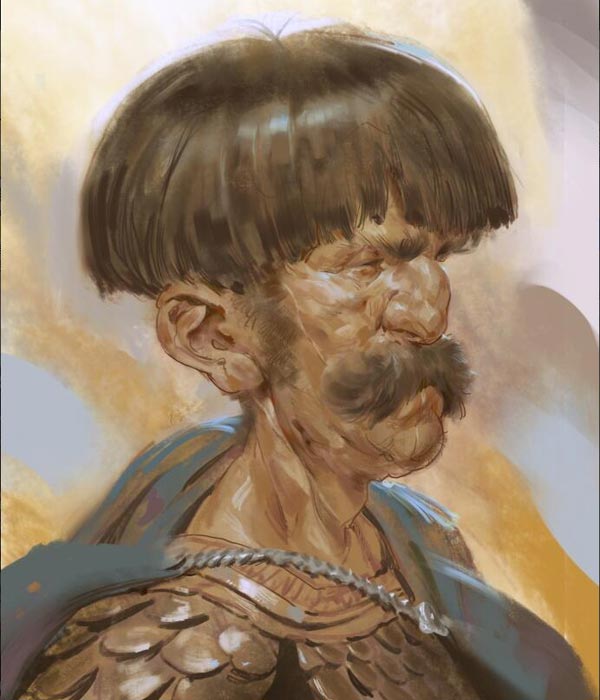
5- Norway, UK, Canada… and now Prague, on Czech Republic. Why did you move to Prague and how has been the experience of living and working there? What are you doing for at the moment?
After 3 years at Volta I wanted a change, and a few friends had already made the move to Prague, and had nothing but praise for the place. I knew I wanted to freelance, but coming straight out of a studio job I was unsure how much I could expect to make, at least the first year, I went for somewhere I knew was cheap, but with a high standard of living, so Prague was perfect for me. I had been there once before when I was 16, and was keen to go back.
At the moment I freelance for a few different clients, and have been lucky enough to be able to mostly chose my projects.

6- When looking at your art we can see a mix of realism and cuteness. How did your art style take shape, have you always had this approach?
I usually sum it up as preferring believability over realism, any day of the week, but that is kind of a boring answer. My style, for the most part, is informed by the artists I grew up idolizing, Paul Bonner, Karl Kopinski, Paul Dainton, Alphonse Mucha, Hiroaki Samura, as well as later heroes, like Wes Burt, Karla Ortiz, Kim Jung Gi, Ruan Jia, Zedig, NoxIzMad and lately Espen Sætervik and Mike Azevedo. There are of course many more, all of whom have managed to leave certain parts of themselves in their work. I strive to emulate that.

7- When it comes to colors we see a great range of chromas, making the artworks really colorful. Despite the colorful approach your palettes are very pleasing to the eyes, smooth. How is your coloring process?
Chaotic at the best of times. I have a pretty solid approach to the basics, but towards to end of most of my paintings, my layering process goes somewhat crazy. Coming from a drawing background rather than from painting, getting to grips with colors was one of the bigger problems this career threw at me, but a they say, if you can do values, you can always fake your colors which was my approach for the longest time. These days I try to follow the shining example of the afformentioned mr. Azevedo, and whenever I study colors I have James Hurney’s Color and Light close at hand
8- Your lighting is very soft and pleasing, just like the palettes. Do you work color and lighting simultaneously? Or you make lighting studies before painting an artwork?
I try and figure these things out based on the mood and read I want in a piece, so for larger illustration work I usually do a little prep work, studying things I assume will be challenges in the piece.
.jpg)
9- What is the most challenging thing when making an artwork for a client? Which was your most challenging project?
Effectively communicating, finding a commonly agreed upon approach and for some, leaving a personal mark on the piece. A sense of diplomacy also comes in handy, knowing when to stand on principle for the sake of the piece, and knowing when to fold can save you a lot of headaches and a lot of work, in the end. Clients who have an over-developed idea of exactly what they want as the end result can be challenging, but so can those who keep changing their minds and ideas.
I think working on Games Workshop’s Warhammer 40K was the most challenging work I’ve done so far, having to learn a lot of lessons about bigger illustration work and at the same time trying to live up to the standards they are used to, as well as working under one of my afformentioned heroes, Paul Dainton was both nerve wracking and exhilarating.

10- You’re always doing some art studies. What drives you to do them? Do they help you become a better artist? How?
I think that is easily summed up by Espen Sætervik’s motto that I have taken to adopting: ”Gotta Get Better”. I have a pretty simple approach to studies. There is something I am curious about, be it materials, lighting, colors, landscapes, whatever it is, I go find something representative of that to use as reference, break whatever it is down into individual problems I can solve, and then use what I learn from that in some sort of applicable way, like a sketch, so that I remember the lessons learned. That way I make sense of whatever it is that was curious to me.
11- What is the most fun for you, to do concept art or illustration? Why?
In terms of fun they are both pretty much the same. They are both about telling a story, so looking at it from that angle, the challenge is to find the most interesting way of telling the story, what tools to play up, which ones to play down, which ones to leave out alltogether. Part of the fun is in the craft, part of it in the planning, the rest in the execution.
That having been said, my strength is probably in character art, and my portfolio and general output reflects that, big illustrations are more time consuming, but then all the more rewarding when you pull one off.

12- If you could give 5 quick tips for those who aspire being a concept artist, which would they be?
1: Learn to kill you darlings. Especially early on, learning this lesson will pay off a lot later. This also means getting rid of your ego, and accepting how much you have to learn, no matter how good you get.
2: Learn to love the craft and the process. Wanting to be good is in no way as valuable as the willingness to become good.
3: Develop skills over a style. Style is merely the expression of your personal aesthetic, so the more your skills improve, the more freedom you have to develop multiple styles. Never let it become a crutch, always keep it as a tool.
4: Find people to share the journey with. Having a group of fellow artists you can depend on for consistent and solid feedback and new perspectives is invaluable.
5: F.I.L.D.I. When feeling a little lazy, low, or just out of art juice, these immortal words from Ze Frank are very useful for getting yourself going. If you struggle with questions of whether or not to do something, start something, get on with something or end something, just tell yourself, in a loud and confident voice ”Let’s Do It!”
Works every time.


